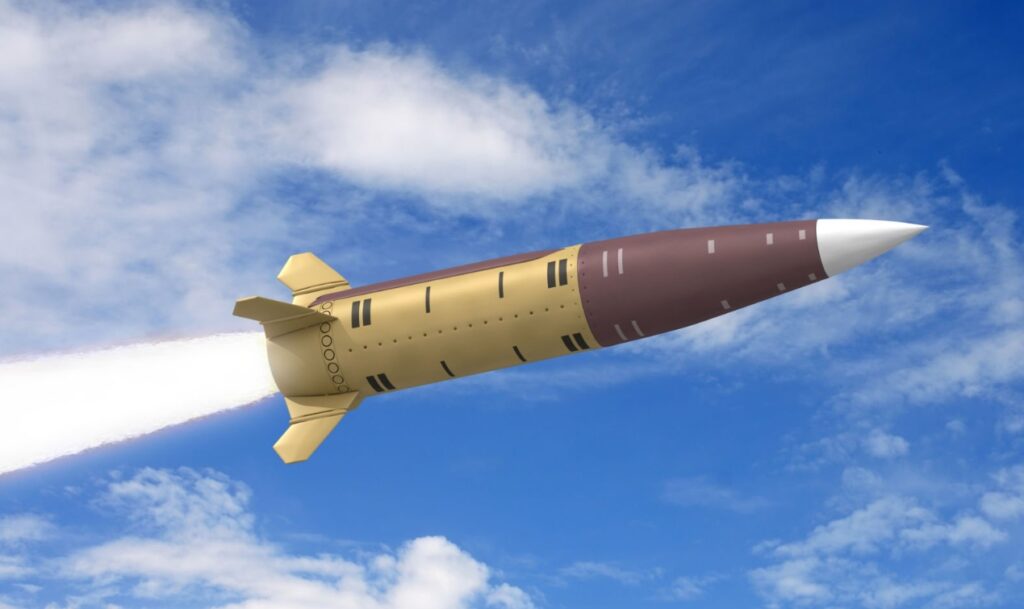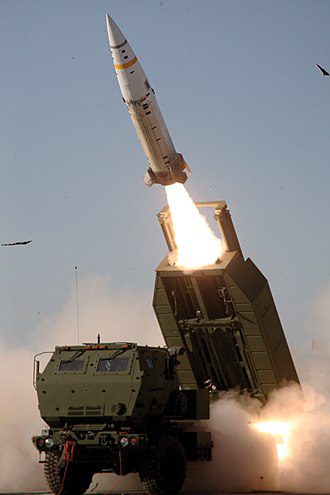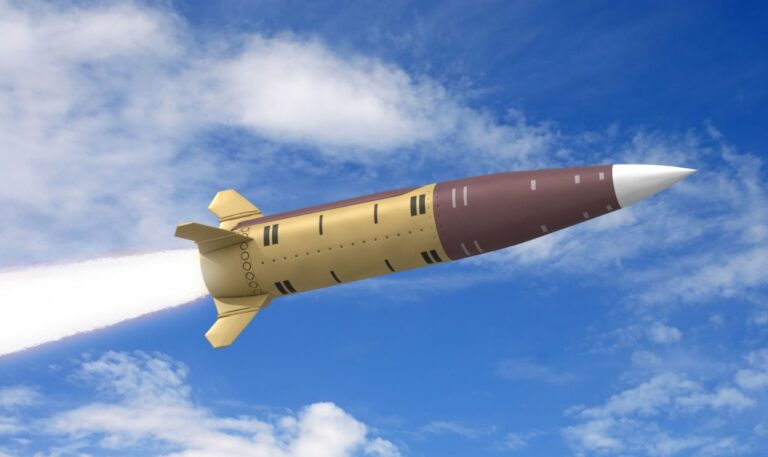
Biden's Allows Ukraine To Use Long-Range Missiles(ATACMS) strikes.
In a pivotal move that could reshape the trajectory of the ongoing conflict, President Joe Biden has lifted a long-standing ban, allowing Ukraine to use U.S.-supplied long-range missiles, including the powerful ATACMS, to strike Russian targets deep inside Russian territory. This decision comes after months of speculation and intense debate within Washington and among global allies.
What Does This Mean for the Ukraine-Russia War?
Ukraine has long urged the U.S. to provide the tools necessary to counter Russia’s strategic advantage, especially with the 999-day-old invasion continuing to escalate. The ATACMS (Army Tactical Missile Systems), manufactured by Lockheed Martin, are designed for long-range strikes and can hit targets up to 190 miles away—well beyond Ukraine’s previous capabilities. This change in U.S. policy will likely allow Ukraine to target military infrastructure, including Russian airbases, weapons depots, and supply lines, potentially striking critical military bases located deep within Russia itself.
For months, U.S. officials were cautious about providing these weapons, fearing they might provoke an escalation with Russia. However, as the situation on the ground becomes more dire, some U.S. allies, including those in Europe, have called for more robust support for Ukraine.
The Political and Military Implications of Long-Range Strikes

While Biden’s decision is seen as a significant shift in U.S. policy, it also comes with potential risks. Ukrainian President Volodymyr Zelenskyy has been advocating for the use of long-range missiles, but the White House was hesitant, fearing it could lead to a direct confrontation between the U.S. and Russia. Biden’s decision to allow these strikes may be seen as a strategic move to support Ukraine’s fight without escalating the conflict to a nuclear scale.
However, Kremlin spokesperson Dmitry Peskov has warned that this could lead to a “sea change” in relations between Russia and the West. Russia’s response may include intensifying its own missile strikes or even rethinking its nuclear strategy.
Military experts suggest that if Ukraine uses these long-range missiles effectively, they could have a major impact on Russia’s ability to sustain the war. Striking military bases far from the front lines could disrupt Russian operations and complicate their logistics. Fred Kagan, a senior fellow at the American Enterprise Institute, explained that the use of ATACMS could reduce the effectiveness of Russian military actions and force Russia to reassess its strategy.
Can Long-Range Missiles Turn the Tide of War?
While there is hope that these long-range strikes will alter the course of the war, there is still significant uncertainty. The Ukrainian military, with assistance from the U.S. Pentagon, has the opportunity to damage critical infrastructure, but they are still limited by the availability of these weapons. If supplies run low, the impact could be short-lived, especially if Russia continues to leverage its manpower advantage.
In addition to U.S. support, Ukraine has received air-launched cruise missiles, like the Storm Shadow missiles from the U.K. and the SCALP missiles from France, which are expected to bolster Ukraine’s offensive capabilities.
Biden’s Move in Context of Upcoming U.S. Elections
The decision also comes at a sensitive political time. As former President Donald Trump gains momentum in the 2024 elections, his stance on Ukraine remains controversial. Trump has signaled his intention to scale back U.S. support for Ukraine, including cutting military aid. This policy shift by Biden could be viewed as an effort to solidify the U.S.’s commitment to Ukraine before the new administration takes office.
Watch the Video: How Long-Range Missiles Will Impact the War in Ukraine
Video: Experts Discuss the Impact of Long-Range Missiles on the Ukraine-Russia War
Global Reactions and Strategic Considerations
While Biden’s move has garnered support from U.S. allies, there are still hesitations. Some European nations, such as Germany, have been slow to provide Ukraine with long-range missile systems like the Taurus missiles. The conflict has highlighted differing views within NATO on how best to support Ukraine without provoking further escalation from Russia.
As Ukraine continues to fight for its sovereignty, the situation remains volatile. The international community, particularly European allies, faces mounting pressure to ensure continued support for Ukraine while preventing a broader regional conflict.





